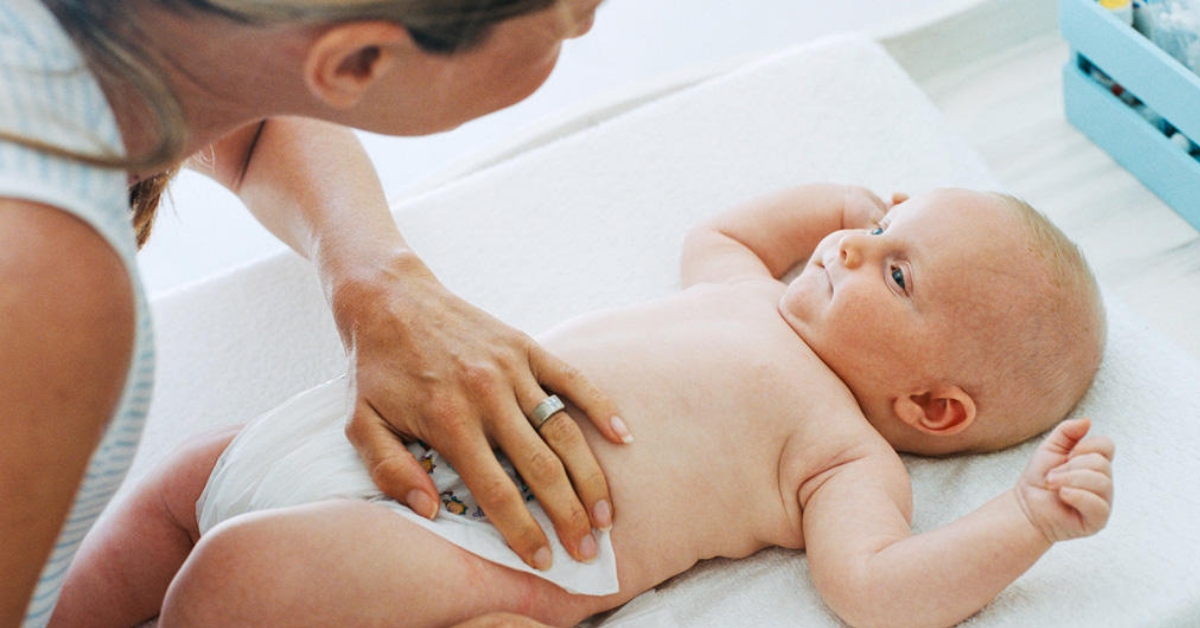Advertisements
Although it's an unpleasant topic to discuss, parents need to be aware of their baby's poop so they can spot any abnormalities and maintain their children's health. Therefore, certain aspects of this need to be constantly monitored, such as the appearance and appearance of the stool, as well as whether there's anything that shouldn't be there, such as blood.
Regarding a baby's first poop, neonatologist Jorge Uberman points out that it's not actually a poop per se, but rather the elimination of meconium, a dark, gelatinous liquid with a color similar to petroleum, composed of intestinal epithelial cells, water, bile, amniotic fluid, and lanugo. This substance fills the fetus's intestine and is usually eliminated within the first 48 hours of life.
Advertisements
Later, with the onset of breastfeeding, the color of the baby's stool changes to a yellowish or greenish hue, but maintains its liquid appearance. A liquid consistency, in turn, is not a cause for concern. Huberman emphasizes that the presence of liquid indicates good-quality breast milk, and whatever color your baby displays at this early stage of life, it shouldn't be a cause for concern if it isn't accompanied by other symptoms. The doctor also points out that there is no ideal color for a child's stool, but rather depends on the child's age and the foods they eat.
Thus, throughout a baby's first year of life, their poop undergoes numerous changes. Varying between yellow, brown, and green colors can all be considered normal. Green coloration, although it raises some concerns among parents, is not a cause for alarm. It is linked solely to nutrition. Mustard yellow, described as the most common color for infant stool, is associated with the consumption of breast milk, for example. Finally, regarding the relationship between nutrition and baby poop, it's worth highlighting tan-yellow poop; this can be attributed to the consumption of new foods, such as formula.
However, while parents don't need to worry about the colors described above, the same cannot be said about poop that is red and white in color.
Advertisements
Therefore, when a baby has reddish stools, it could indicate the presence of blood, especially if the child hasn't consumed any foods of that color, such as beets. If this coloration appears in the baby's stool, parents should contact their trusted pediatrician to check for any problems, as it could be a symptom of constipation, anal fissure, cow's milk allergy, diaper rash, or even a side effect of the rotavirus vaccine.
Regarding white stool, it's worth noting that it's a fairly rare condition among babies. However, if it's noticed in a child's stool, contacting a pediatrician is essential, as it could indicate liver, pancreas, or gallbladder problems. Jorge Huberman also emphasizes that if white stools are accompanied by symptoms such as diarrhea or dysentery, they warrant extra attention.
Therefore, it is concluded that even simple things, which are part of every mother's daily life, must be taken into consideration when thinking about the well-being of little ones, since some changes can be considered normal, but others require attention and extra care so as not to harm the health of children.
And since the topic of poop is being discussed, it's worth highlighting other baby-related precautions in this area. However, these specific precautions should be taken into consideration by mothers who own pets, especially cats, since these animals use a litter box to relieve themselves. You should be vigilant and always keep the litter box clean so that the baby doesn't come into contact with the animal's feces. Although it's common knowledge that toxoplasmosis can be transmitted by these animals through simple contact, this is not true. The cat is actually a host species for the parasite responsible for transmitting the disease. However, since the parasite in question takes, on average, three days to form, if you keep the litter box constantly clean and your baby away from it (or keep it in a place the baby can't access), the risk of contagion is zero, since to contract the disease, you must ingest the animal's contaminated feces.







